“We live with violence on a daily basis in Mexico, so I can’t separate it from my writing”: Michel Franco on Sundown
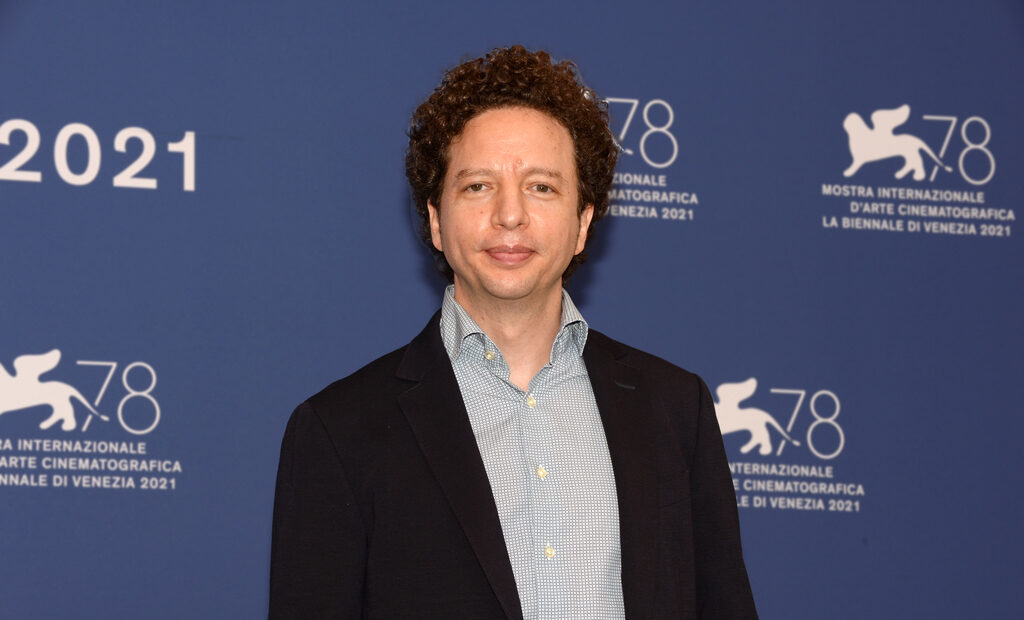
When a distant emergency summons the wealthy Bennett family back to the UK, disrupting a vacation on the Mexican coast in Acapulco, simmering tensions rise to the fore between scions Alice (Charlotte Gainsbourg) and Neil (Tim Roth). The delicate balance of the deceptively close-knit clan, including siblings Colin and Alexa (Samuel Bottomley, Albertine Kotting McMillan), is irrevocably upset.
Continuing his exploration of individuals and societies under pressure, writer-director Michel Franco ascends to the heights and depths of an Acapulco – and a family – that is more than meets the eye. Playing out in the sleek hotel suites and scruffy tourist haunts of a disparate and stratified seaside locale, and across the psychological battlefield of a precarious dynasty, Sundown unfolds in sharp, surreptitious bursts. Here’s an interview with Mexican director Franco.
What are the origins of this movie and what made you want to tell this particular story?
It’s a mix of a few elements. I wrote the movie in the middle of a deep personal crisis. I was questioning where I am in personal aspects of my life, and for the first time I started to think that life isn’t infinite, and there’s an end to things. This happened after a trip I made to Acapulco,
with a girlfriend, and as we drove from the hotel at 8pm for dinner, I was stopped at gunpoint by some federal policemen in a very aggressive way. They were wondering if my girlfriend was in danger – if she was with me against her will. They wanted me to get out of the vehicle. I knew it was the last thing I should do. My girlfriend didn’t understand what was happening, she told me to do as they say. I managed to get out of the situation by driving away, and they followed us, and threatened us, but we made it safely back to the hotel. This made me sad, because Acapulco is one of my favorite places.
What’s your attraction to Acapulco as a place?
It’s a place in Mexico that I know the best from traveling there as a young person, sometimes I’d stay for as long as a month over the New Year holiday. It breaks my heart to see how much the place has changed. It’s often rated one of the top most dangerous cities in the world, which sometimes affects tourists, but often it doesn’t. But it’s ruined, the paradise it was, and I’m not talking about the Acapulco of Sinatra and Elvis Presley. The decay symbolises a lot of the larger decay in my country. There’s a lot of tension in Acapulco right now but it ended up being very friendly during the shoot. I guess I wanted to prove that it was the same Acapulco I remember from when I was younger.
You’re reuniting with Tim Roth, your Chronic star. Why was he right for the role of Neil, and did you write it specifically for him?
I did write it for him. I knew I wanted to set the film in Acapulco, and it couldn’t take place anywhere else. And I knew it was for Tim immediately. So I wrote the script with those two things in mind. It’s been nine years since we first met, and we’ve been through certain things together, from shooting Chronic and 600 Miles. Our sensibilities are very similar, and I thought he would react to this material. I wrote the script in a few weeks, the very opposite of New Order, which took me years. And as soon as I finished the script, I wasn’t sure of what I hadn’t written, which is always the case for a screenwriter, especially when it’s an outburst of writing. But I knew Tim could handle it, and I sent it to him, and he understood exactly what the film was about. He said don’t change a thing, let’s shoot it as is.
Why did you want to work with Charlotte Gainsbourg?
I’ve always wanted to work with her, I loved her work in Antichrist, how intense she is. Her role in Sundown was initially smaller than it ended up being because my casting agent floated Charlotte’s name, and it never would have occurred to me because to me she’s one of the best actresses working, and I wouldn’t contact her with a supporting role. But we reached out, and she immediately said yes. I gave her a lot of freedom; she added a lot to the role and brought a lot of herself to the character.
Can you describe the unique family dynamic in this movie? You seem fascinated by a certain type of family – wealthy, insular, almost oligarchic…
I guess the fact that at the end of the day, all the tools they’re supposed to have, which come from money, education, a privileged life – they mean nothing because they keep making the most basic mistakes, not being able to communicate with each other. To me, it’s always fascinating how much you can harm someone you love. Again, these are people who are supposed to be able to get their ideas and feelings across, but they keep messing it up.
This movie is about a specific family, but the movie speaks to larger issues, like economic inequality, breakdown in communications, violence in many forms.
The family is very particular. I hope people will relate and find universal themes, but they exist in their own unique universe in the way they relate to each other.
There’s a through line between New Order, your previous film, and Sundown, in terms of violence, and the way violence is inflicted upon certain people.
We live with violence on a daily basis in Mexico, so I can’t separate it from my writing. I think it’s crazy we normalise violence and accept it — the least I can do is to discuss it through my work, and to try to understand how a society can keep going while accepting that violence. Every person I know in Mexico has been held at gunpoint, sometimes by policemen, but it’s scarier in that occasion than if it’s done by crooks, because with crooks you just hand them what they want. Crime and violence are part of life in Mexico — you either move somewhere else or you try to understand. So as a storyteller, I have to explore that reality.
New Order featured hundreds of extras and big crowd scenes; Sundown is a more intimate and contained movie. Was it easier to tell a story on a more intimate scale with this one?
It’s intriguing because it’s an intimate story because it’s about the inner world of Tim’s character, and his family trying to understand him. Having said that, in every shot at the beach in Acapulco there’s a hundred people, and I didn’t want to lock down the whole beach during filming because then I would kill the spontaneous feeling you can get from it. So I placed our extras close to the camera, but we didn’t block traffic. The vendors are real, vacationers are real. This was hard to pull off during a shoot. I had to explain to the crew that we had to be very discreet, and Tim and Charlotte had to bear with it. You’re hoping that a good take won’t be screwed by someone looking into the camera, which happened sometimes.
Were you looking to create a clash between different worlds in the story?
I wanted to show every side of Acapulco, so Tim’s character is drifting from this upscale hotel all the way down to the very opposite side of the city. When I’m shooting, I’m not thinking about rich or poor – Acapulco is filled with colors and music and food, I want the viewers to feel like you’re there.
Describe your collaboration with your director of photography on this one – there’s so much visual texture in this movie.
I told him at the beginning of the shoot that I want the audience to feel the experience of being in Acapulco — the sand, the heat, all of that. He achieved that through certain lenses, but regarding our work together, and how we shot, it’s the first movie I’ve done that wasn’t planned at all. Of course, we’d discuss how we would shoot this scene or that, but in my previous movies everything was perfectly planned. Even New Order, with its hand-held shooting and 3,000 extras, everything was well planned, especially in post-production with all the violence. There was no other way to shoot New Order. With Sundown, we were telling a simpler story on the surface, but it was complex in terms of exploring the inner world of the characters — and that’s the hardest thing to do with the camera. We often didn’t know where the camera was going to be, and that could be exhausting under the heat of the sun. So much was out of intuition on this one more than pre-production, it was about being there and trying to make the thing as lively as we could.
The idea of the sun is very profound in this movie – it’s right there in the title, and possibly a metaphor for the characters. Can you talk about the importance of the sun to this story?
The sun is life and death at the same time. The sun is a thread in this movie and at the same time Neil is letting himself open up more and more to the sun, but it’s not necessarily a good thing. However, Neil knows exactly what he’s doing, so it’s a contradiction and I like that. Having said that, I’m personally terrified of the sun because of skin cancer. When I was a kid, people still thought the sun was good, you could lie under it for six hours and get a tan, and that was a good thing. This thinking has changed.
Describe working on this movie with your frequent collaborator and Teorema partner Lorenzo Vigas, who also directs movies. What’s your professional dynamic like?
We’ve been friends for more than 20 years and we started making short films together when we were young. Throughout the years we read each other’s scripts and while I’d already made films, he started making his own and won the Golden Lion in 2015 on his first try, with From Afar. We enjoy everything about collaborating, the challenges, exchanging opinions, our differences. We are different in that he takes his time – in 2015 I had Chronic and he had his movie, and in between our current movies I made New Order and April’s Daughter. We are different in that way; he takes his time while I like moving fast. We just try to help each other in the best possible way, knowing how different we are.
The editorial unit
Photo: Courtesy of La Biennale

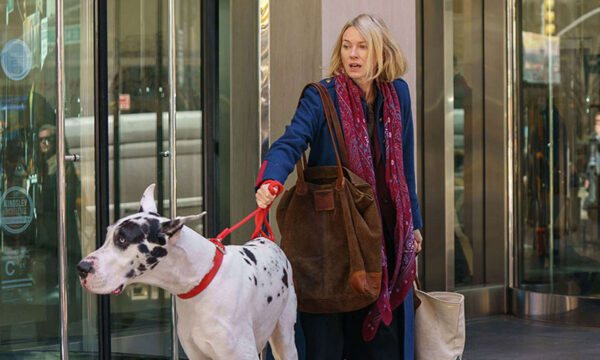
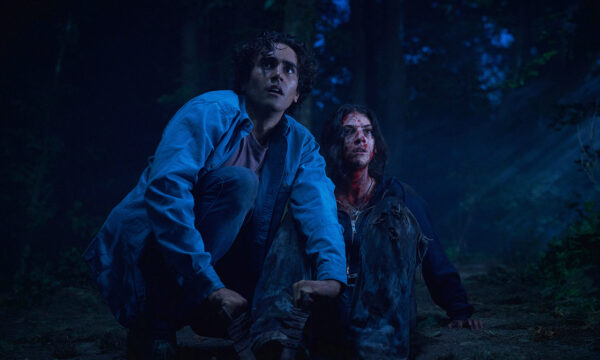
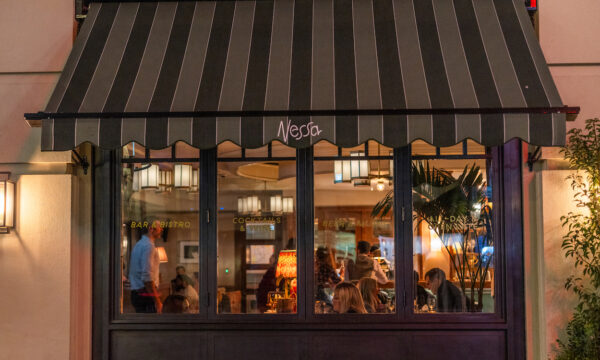
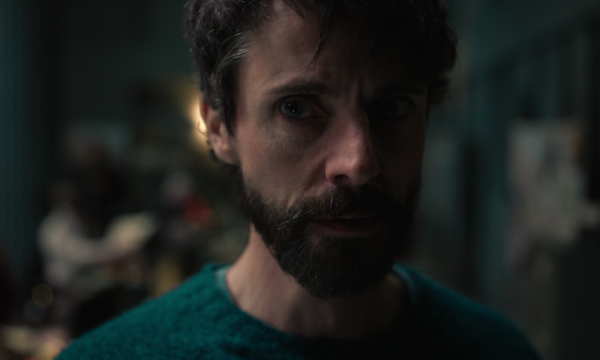
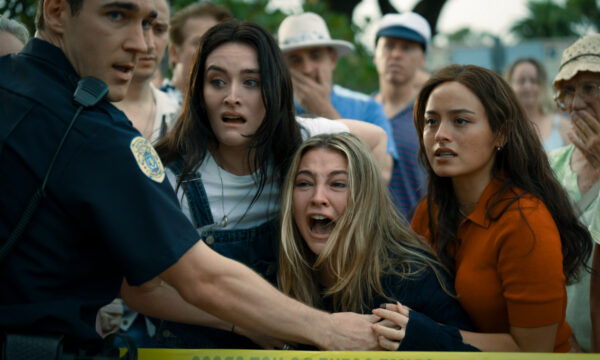

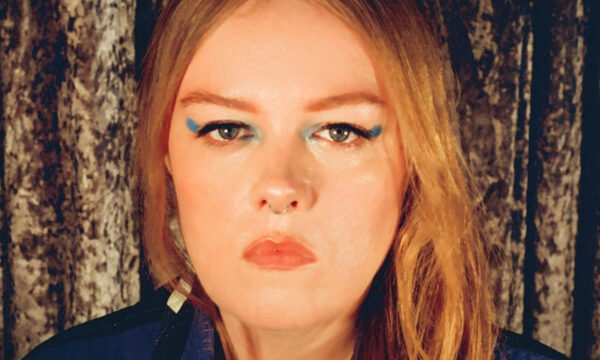
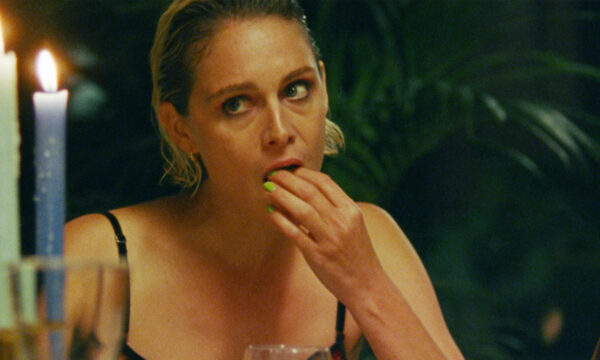



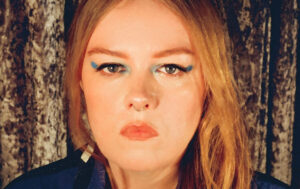


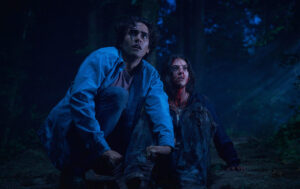



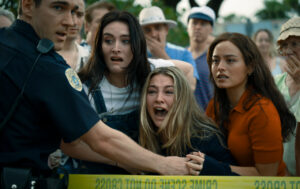

Facebook
Twitter
Instagram
YouTube
RSS